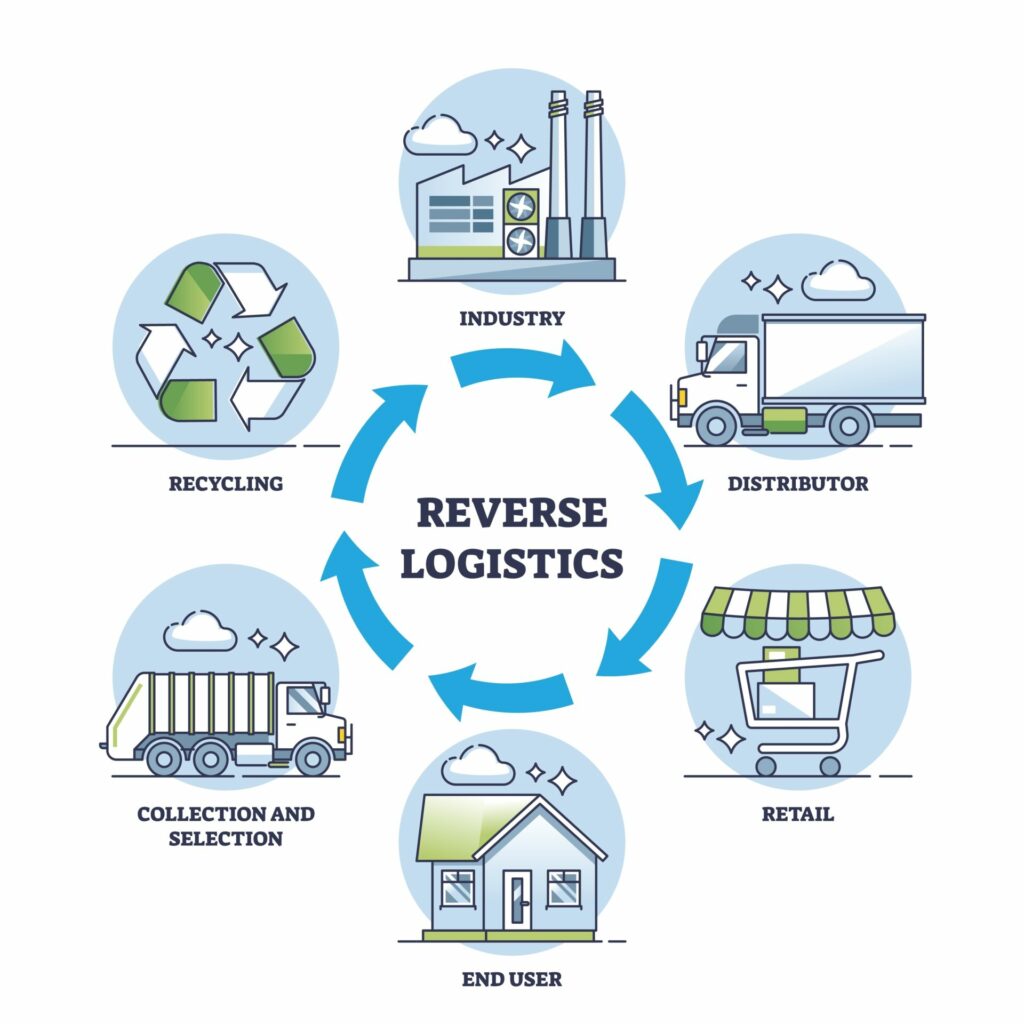So, you want to launch your very own D2C brand. You’ve heard all about how to look for the right suppliers, partnering with 3PLs, and setting up an online store. But these steps should come far, far later in the process of setting up your business.
Right now, you should focus on building the foundations of a strong brand. Yet this is often the phase that sets many D2Cs up to fail before they’ve even gotten started.
Without a strong value proposition and a good understanding of who your audience is, your brand will struggle to thrive.
Someone who understands this first-hand is Eric Girouard, whose digitally-native brand Brunt Workwear has established a loyal customer base just seven months after launching. We interviewed him in our most recent episode to find out what separates a successful D2C brand from one that crashes and burns.
We pulled out some useful tidbits from the episode to help give you a head start on how to set up your D2C for success.
Not making assumptions about your target market
This is easily one of the most common mistakes that merchants make when launching a brand; they confuse what they think they know about their target market with the reality on the ground.
This means that the gap in the market you’re targeting might not be as lucrative as you think – and the reverse can also be true.
“Something I battled a lot when I started Brunt was convincing investors that this was a market worth serving.” Says Eric. “There’s a stereotype that blue-collar customers don’t have money or don’t splash out on quality products. Because they didn’t have any insight into the lifestyles and work routines of this market, they had no idea that those workboots that look four years old are about four months old – a massive reselling opportunity.”
It’s seems pretty commonsense that blue-collar workers are a much bigger market segment than people buying $500 shoes. It’s a classic example of how preconceived notions about what an audience does or doesn’t buy can lead to businesses overlooking unmet needs that could give them a serious competitive edge.
Don’t silo your product offerings too soon
There’s a common pattern visible in D2C brands across industries; zeroing in on one specific product and shaking up its traditional approach to manufacturing, selling, and aftercare. Brands including Dollar Shave Club and Casper Sleep have gained huge success by taking everyday products and turning them into sought-after commodities.
But there’s a problem; sooner or later, your product offering is too narrow to grow your business effectively.
This is why Dollar Shave Club no longer just sells razor subscriptions, but a whole range of grooming products and shaving accessories. Caspar Sleep has expanded its range from mattresses to include pillows, sheets, and even bed frames.

However, it’s critical that you don’t wait too long before taking this step. Otherwise, you run the risk of your brand being known for just one thing. Once a brand identity is entrenched amongst consumers, it’s very difficult to change it.
For extra resilience, you need to look at how you can build a broader value proposition from the very beginning. Brunt might have gotten started with workboots, but their slogan “the tools you wear” gave them the freedom and flexibility to augment this first offering with other work-related apparel:
“We planned to add more products to Brunt from the very beginning. It was just a question of whether it was going to happen in year one or year ten. Ultimately, we didn’t want to own one space and end up being seen just as a workboot company. We wanted to show that we are a best-in-class workwear brand across multiple products.”
Know who you’re selling to
Ultimately, your brand exists for one reason; to serve customers. They should always be the north star that guides all of your decision-making about products, marketing, and brand positioning.
This is even more important when you aren’t your core customer.
You might understand their needs and pain points, but you’re probably not using your product day in, day out in the same way that your customer is. This makes them a source of immensely valuable information that you’re missing out on if you don’t stay closely connected to your core customer.
“You need to be as authentic as possible to your core audience.” Says Eric. “You’re going to have competitors trying to sell to the same market as you, so maintaining constant conversations with your customers is the best way to understand every aspect of their experience with your product. Basically, you need to be a close to your customer as you can get.”
One of the key ways that Brunt puts this into practice is through their pop-up ‘workshop’, where customers can come to work on their projects and also speak directly to Eric and other team members about their experiences. This enables Brunt to continuously refine their products and value proposition.
This same approach is how indie makeup brand ColorPop Cosmetics made itself into one of the beauty industry’s biggest disruptors. Rather than trying to dictate trends in the beauty space via celebrity campaigns, ColorPop does the exact opposite: Letting their customers tell them what’s popular.

With a savvy social media strategy and a well-oiled influencer network, ColorPop has a direct line to what their customers think and feel about their latest products. This feedback is then incorporated straight into development for the next round of items.
By manufacturing through a US-based facility managed directly by the brand, ColorPop can take a product idea from concept to creation in as little as five days, allowing them to stay right on the pulse of what their consumers want and compete effectively with legacy cosmetics brands.
So, does Eric have any final pearls of wisdom to share with us?
“If you don’t really care about your customer or don’t know about your customer, good luck, because there’s always another brand ready to one-up you.”
You can listen to the full episode with Eric here.




